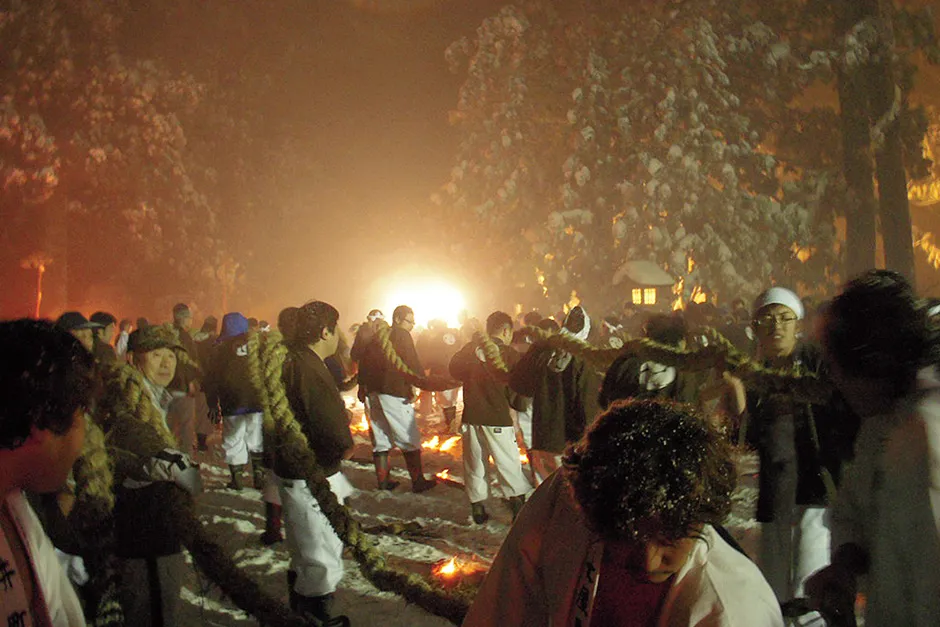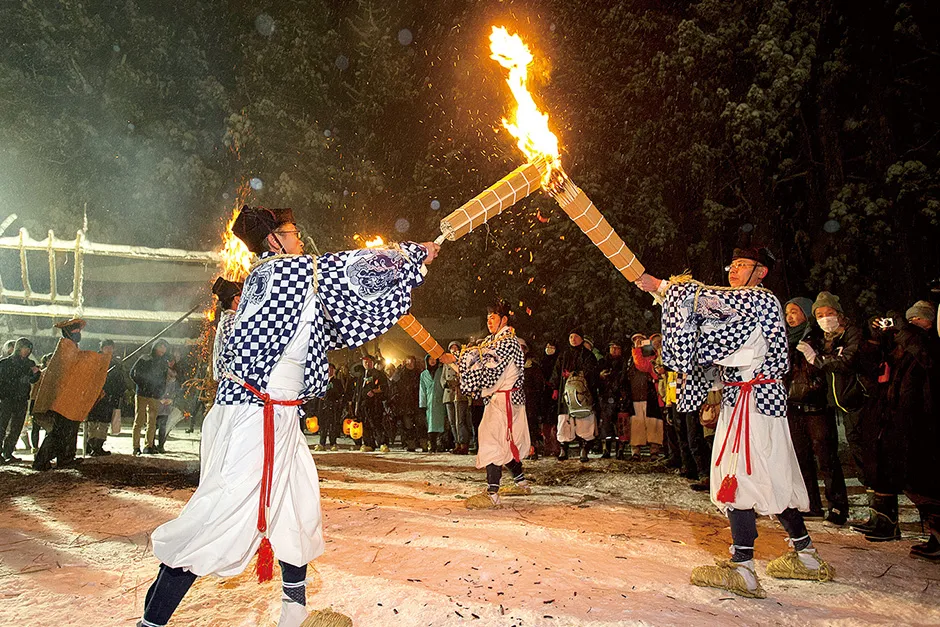Special Feature
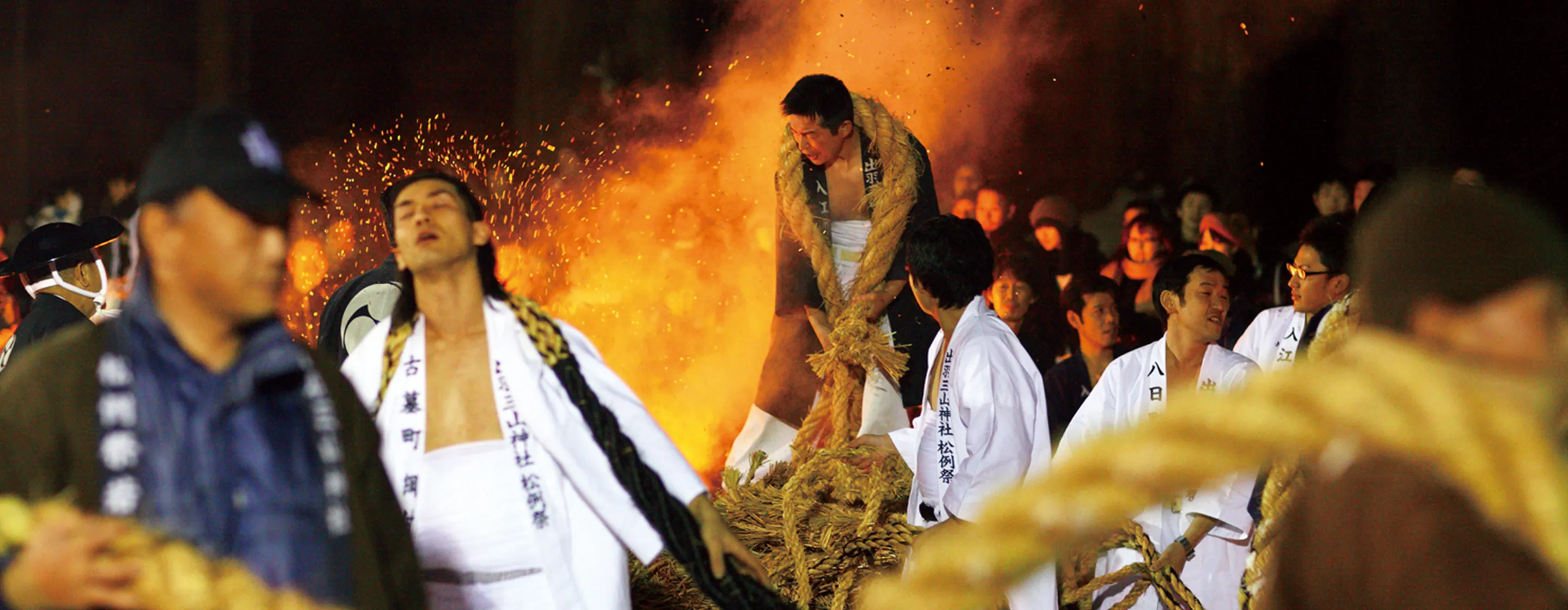
Mt. Haguro: Shoreisai Festival
The Shoreisai Festival stands out among the many distinctive rituals held on Mt. Haguro. The festival starts on December 31 at the top of the mountain and continues throughout the night into January 1. With roots said to go back more than 1,400 years, the festival has been faithfully passed down by the shrine parishioners of Dewa Sanzan-jinja Shrine who live in the Toge district.
The depth and complexity of the festival’s rituals are said to take three years of watching just to understand. Various events take place as part of the festival, including a 100-day ascetic rite performed by senior yamabushi mountain monks, teams of young Toge residents competing in the Otaimatsu Race, and other rituals performed by yamabushi. Let’s take a closer look at what people pray for in the Shoreisai Festival.
The Shoreisai Festival and Welcoming the New Year in the Shonai Region
Every year on September 24, the Heitatesai Festival is held at the Saikan (purification hall) near the top of the mountain, signaling the start of the Shoreisai Festival. From this day, two senior yamabushi from Toge who have been given the role of Matsuhijiri begin performing the Fuyunomine Winter Peak Ritual. During it, the Matsuhijiri pray every morning and every evening over Koyahijiri, ceremonial vessels made of straw and resembling farm huts that contain five sacred grain seeds, for peace in the land, a bountiful harvest, and people’s wishes to be granted.
In 2015, Hidehiro Ota was given the title of Ijogata (as the Ijo Matsuhijiri) and Shinsho Okawa was given the title of Sendogata (as the Sendo Matsuhijiri). “In the Heitatesai Festival, the two Matsuhijiri take turns drinking sake from three ceremonial sake cups and exchange an oath in front of the gods to perform the hundred-day ritual,” explains Toshiki Yoshizumi, a senior priest at Dewa Sanzan-jinja Shrine. He describes parts of the Shoreisai Festival in more detail.
A traditional event called Matsu-no-Kanjin is performed as part of the Fuyunomine Winter Peak Ritual. It takes place every year from mid-November to the end of December. In it, the two Matsuhijiri and several yamabushi travel around the entire Shonai region. “At this time, the Matsuhijiri visit people’s homes and hand out two talismans they have prayed over, and in turn they are given donations that are offered to the gods, which pay for the cost of the Shoreisai Festival. In this sense, the Shoreisai Festival can really be seen as the annual festival for the entire Shonai region.”
The 100th day of the festival is New Year’s Eve. The two Matsuhijiri are the leaders of the Shoreisai Festival, which goes on all night long. In addition to residents of Shonai, many other people also come here from other parts of Japan as well as overseas to attend the festival and make shrine visits on New Year’s Eve and New Year’s Day. Among just the parishioners of Dewa Sanzan-jinja Shrine, some 400 families participate.
Teams of young people from Toge and yamabushi compete in a series of events to see which Matsuhijiri has gained more ascetic power in their training. “Basically, the Shoreisai Festival is where the Matsuhijiri show off how much they have trained and in turn how much ascetic power has been bestowed upon them by the gods of Dewa Sanzan. Everyone involved in the festival receives a portion of the gods’ powers through the Matsuhijiri. The festival contains a lot of meaning and history.”
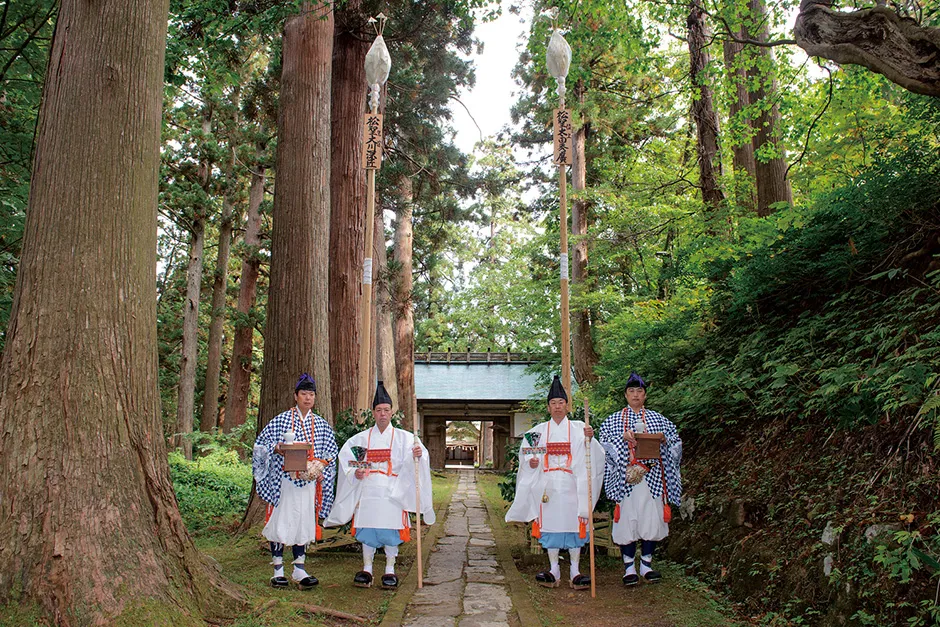
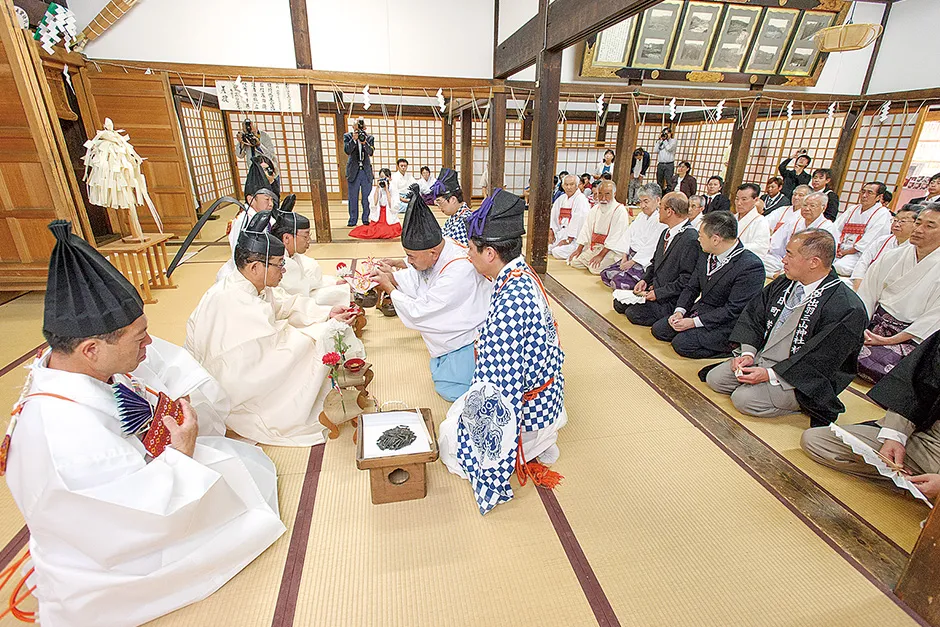
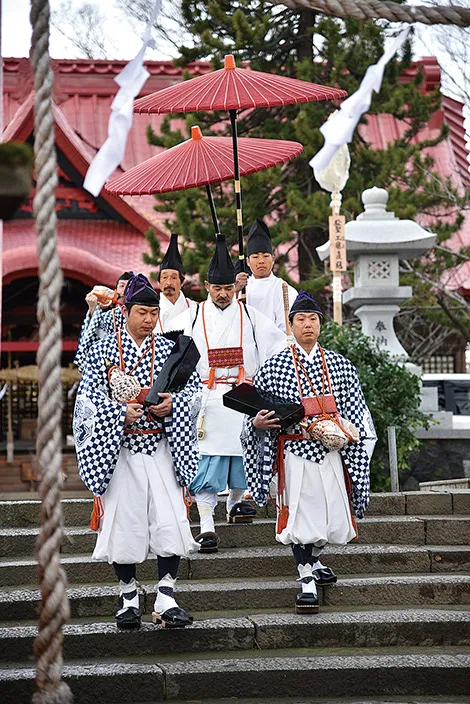
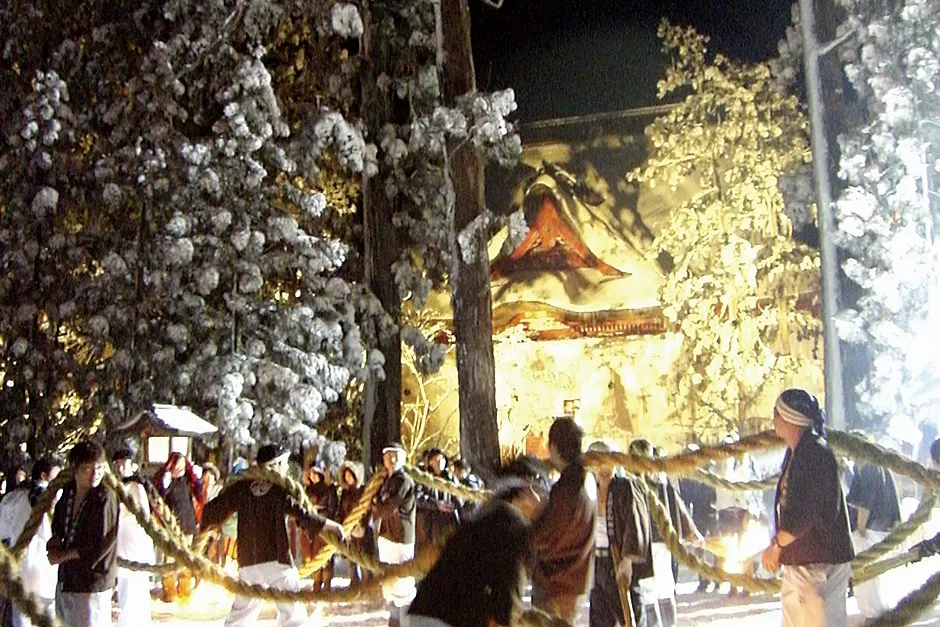
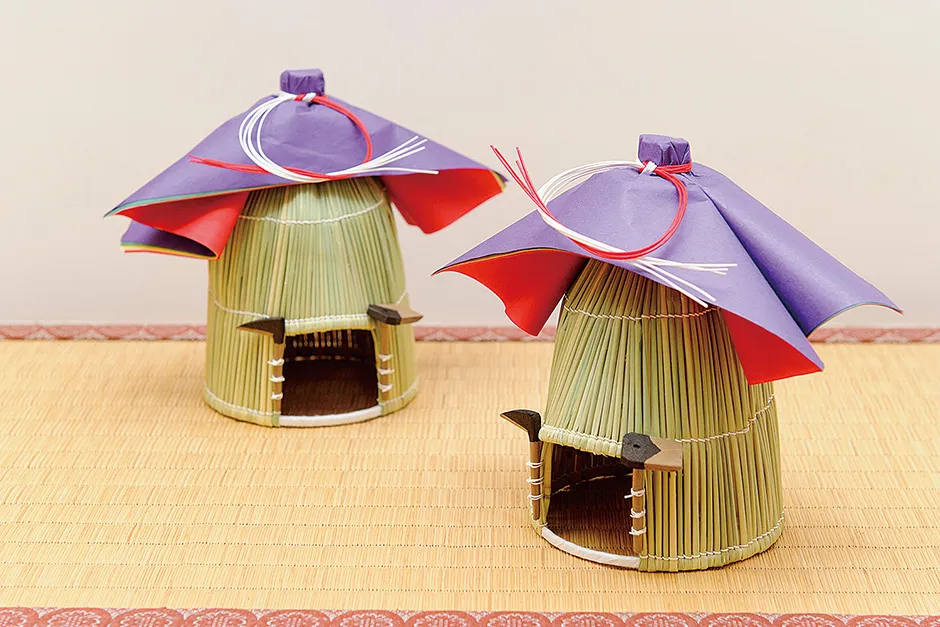
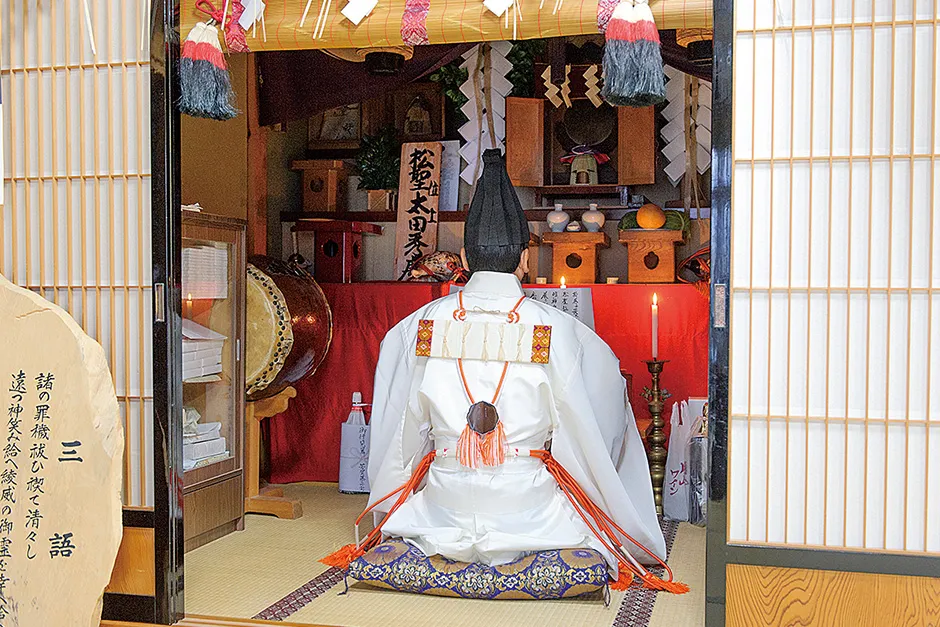
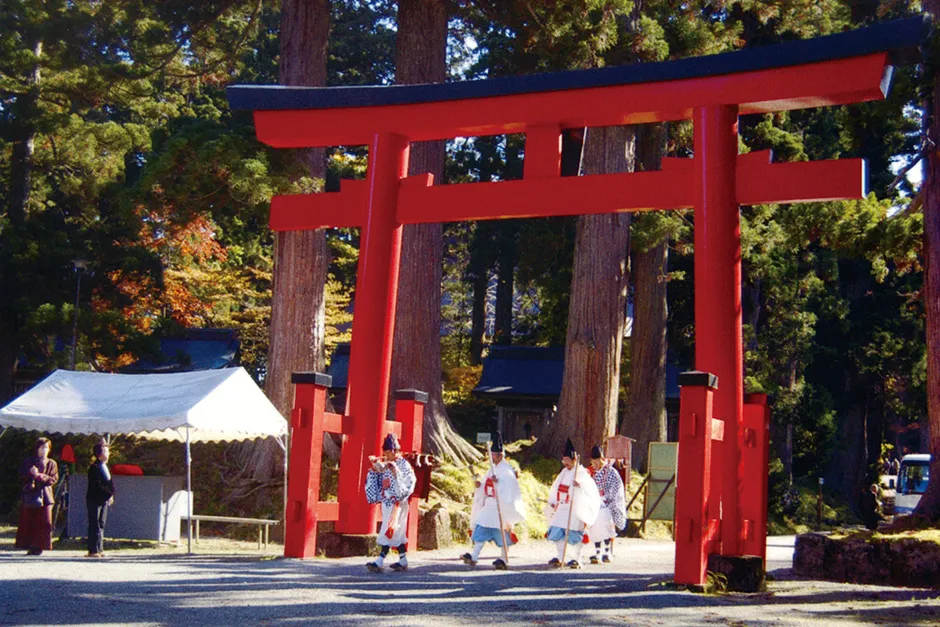
Fire Burns Away What Is Unclean and Bestows Vitality
The competitions between the Matsuhijiris’ powers, obtained during the course of their training, take place at three locations: the Sanjin-Gousaiden (main hall) of Dewa Sanzan-jinja Shrine, the Shitsuraeya hut, and the main field. Fire is an important element in the events that take place as part of prayers for a bountiful harvest and peace in the land.
Since ancient times, fire in Japan has been believed to symbolize life and serve as yorishiro (something in which a god inheres). In the Shoreisai Festival, a series of rituals are performed through which impure fire used to burn away an effigy of evil spirits is transformed into pure fire embodying vitality for the New Year.
The first of these rituals is called the Tsunamaki (Throwing of the Rope) ritual. In it, two straw effigies of harvest mites (also known as chiggers or berry bugs), which are called Otaimatsu and represent evil spirits, have the rope knots and nets binding them cut up by the Matsuhijiri.
This represents the eradication of harvest mites. The cut pieces of rope are flung into the crowd of people, who scramble and vie to capture them. These pieces of rope are said to contain the mighty power of harvest mites. Hanging them in front of the home is believed to ward off evil and fire.
Once the sun sets, however, the eradicated harvest mites come back to life. In the Otaimatsu Marukinaoshi (Rebundling) ritual, the Otaimatsu are bundled back together at about half their size by the teams of young people and are thus “reborn.”
The sun has set as this event on the main field winds down and the mountaintop is enveloped in the cold winter air. Meanwhile, the Shitsuraeya hut is filled with the heat of a bonfire and people’s excitement as the festival’s climax finally arrives.
-
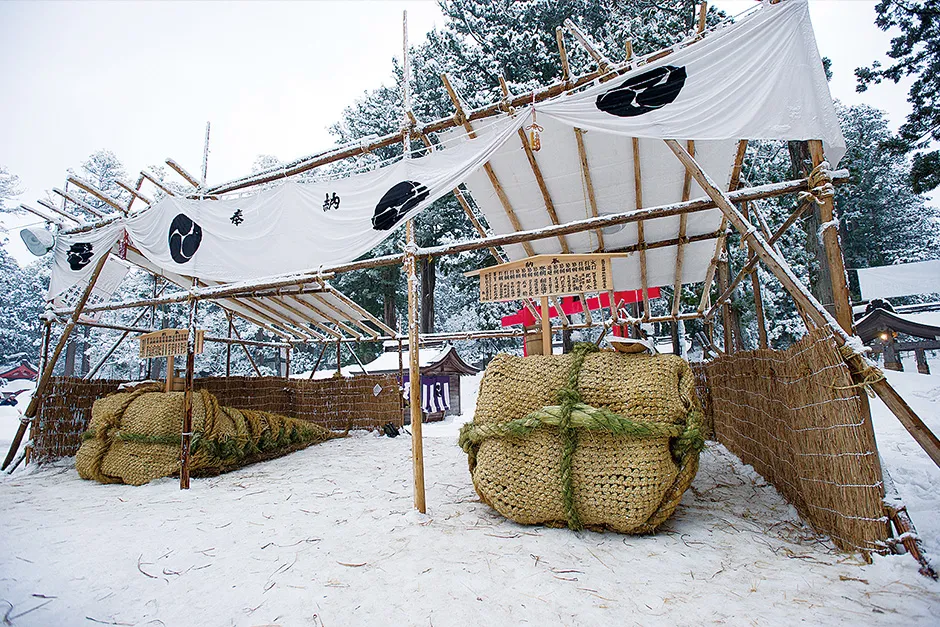
Otaimatsu (harvest mite straw effigies) -
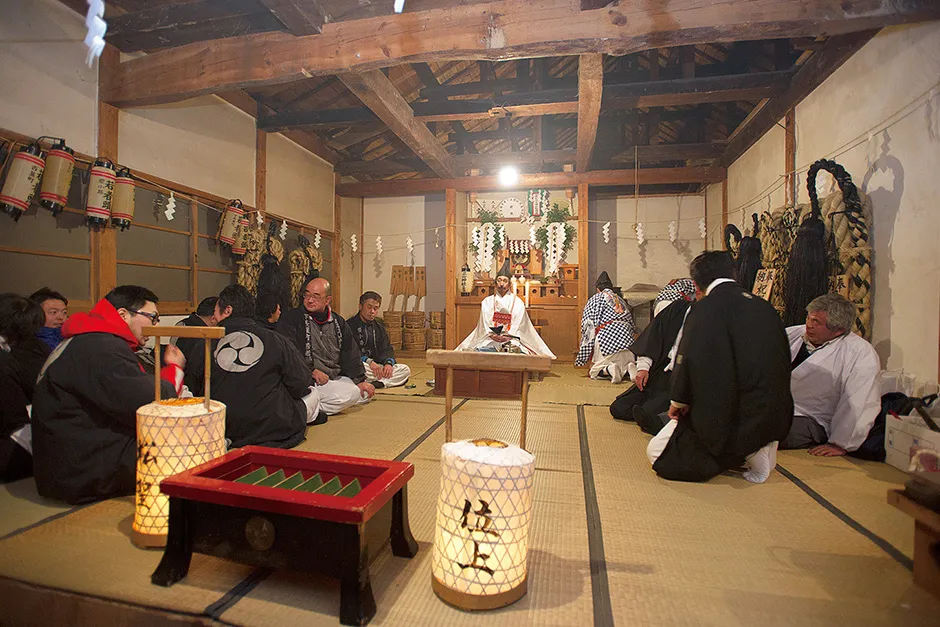
Inside the Shitsuraeya hut -
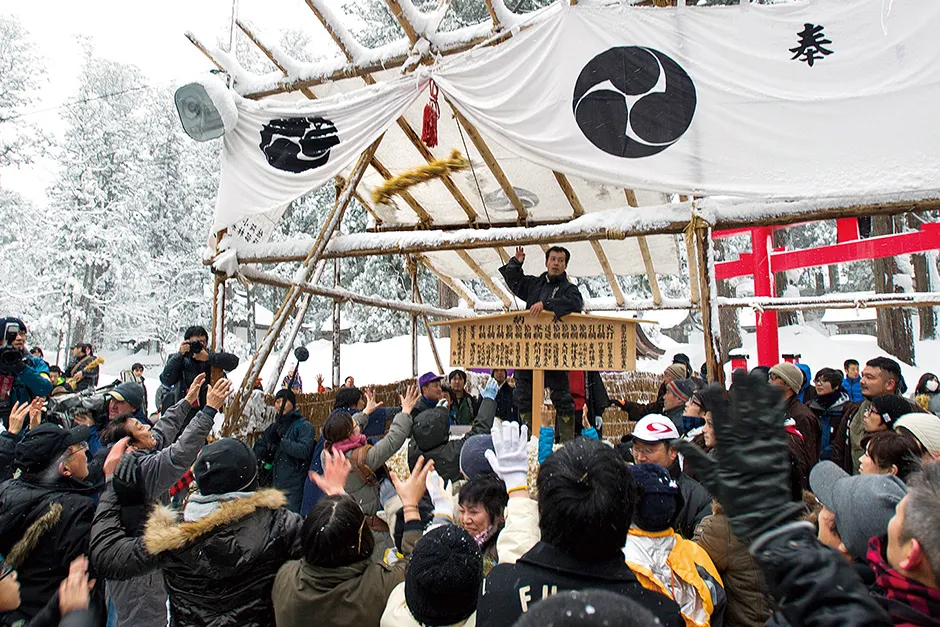
Tsunamaki (Throwing of the Rope) -
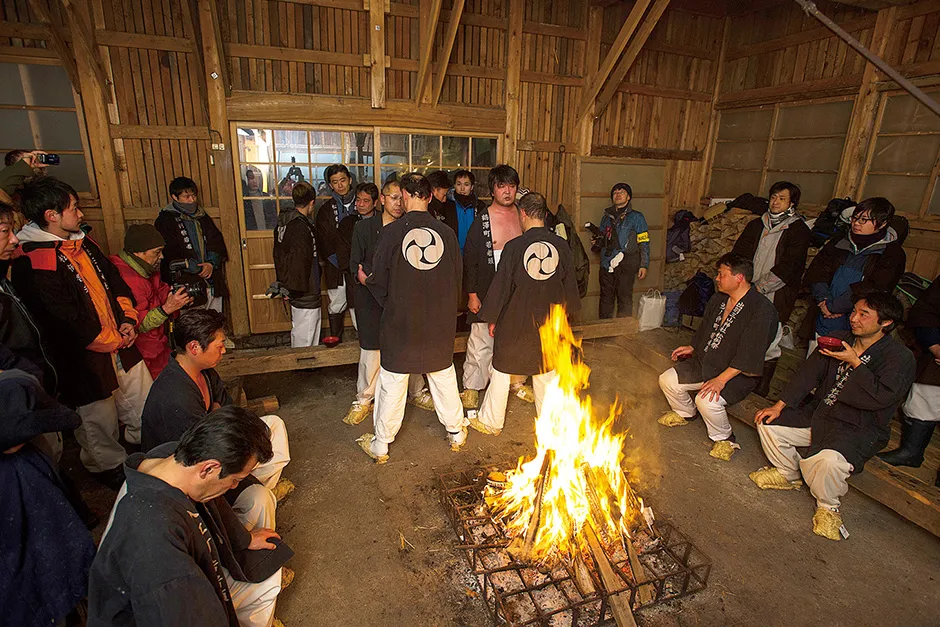
Leaders’ Debate: Participants debate to determine who will pull which rope attached to the Otaimatsu, some of which have more advantageous positions. -
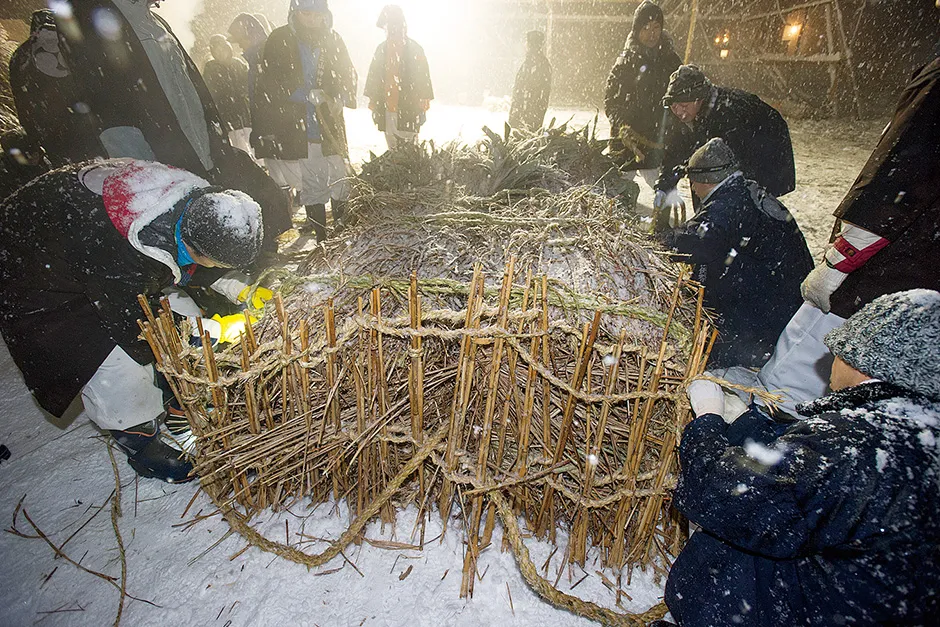
Otaimatsu Marukinaoshi (Rebundling) ritual
Prayers Extending into the Future
The Otaimatsu Race, the highlight of the Shoreisai Festival, happens just before the New Year is rung in. At the sound of the conch shell being blown from the main hall, teams of excited youth on the main field race to pull their Otaimatsu straw effigy across the snow-covered ground with ropes.
They compete to see which team can burn down their Otaimatsu faster and better. The flames from the giant ropes rise up like majestic pillars of fire against the dark night. With evil and impurity now banished, the mountaintop rings in the New Year.
On the main field, a straw mound called Kagami Taimatsu is lit to beckon Otoshino-kami, the god of agriculture.
Four yamabushi take fire from the Kagami Taimatsu and trace circles in the air with it. Now it is time for the New Year’s Fire Ritual. Two people with their faces painted white and wearing red and white clothing appear carrying a flint and striker. They are called Matsu’uchi.
The Matsu’uchi and four yamabushi run around the Kagami Taimatsu three times and then dash to the other end of the main field, where people called Kadomochi are waiting with tinder to light on fire. The moment sparks are created from striking flint on the striker marks the birth of the purifying fire that lights the New Year.
These events are all competitions between the two Matsuhijiri teams. If the Ijogata team wins, the year ahead promises to have a bountiful harvest, and if the Sendogata team wins, it means a good year for fishing.
The competition results are announced to the Matsuhijiri, and the festival concludes with the Shojinsai (Scattering of Sacred Grains) ritual. The Matsuhijiri take out the five sacred grains from the Koyahijiri vessels they have been praying over and scatter them on the ground inside the Shitsuraeya hut while chanting a prayer for peace in the land, a bountiful harvest, and for people’s wishes to be granted. This marks the end of their 100 days of prayer.
These prayers offered for peace and a bountiful harvest in the Shoreisai Festival bridge the year that is ending and the year that lies ahead. They embody the lived experienced of this land, where nature is both punishingly harsh and bestows abundance. The Shoreisai Festival symbolizes the reverence for nature and prayers to it that Japanese people have made throughout time immemorial.
